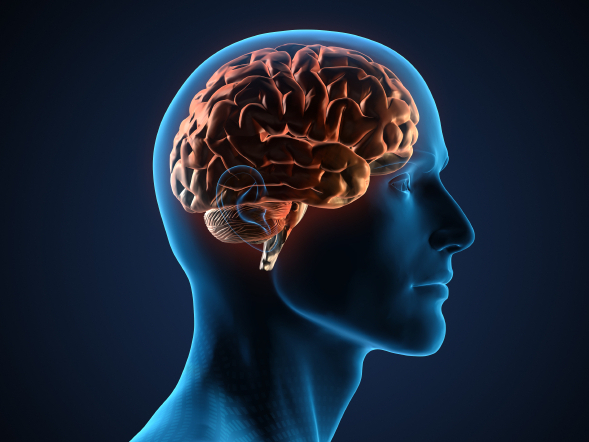
Many artists report seeing numbers, or letters, or faces, as having distinctive colours. More recently, Ramachandran has been studying "synesthesia". As a result, some foot amputees report that they can experience orgasms in their feet. Similarly, the brain area for the foot is next to that for the genitals. Ramachandran was able to produce feelings in phantom arms by stroking his patients' faces. For example, the brain area that monitors the arm is next to that for the face, and so once the arm is lopped off, it begins reacting to facial nerve messages. Rather, the amputation causes the area of the brain that originally monitored the lost limb to start responding to adjoining brain regions.


Ramachandran showed that this is the wrong explanation.

According to orthodoxy, these ghostly appendages manifest themselves because irritated nerves on the stump fool the brain into thinking the limb is still there. Ramachandran is best known for his work on the "phantom limbs" of amputees. In the past couple of decades, the resulting picture has been confirmed by brain imaging techniques which show which areas of the brain are switched on by which mental activities. The injuries suffered by these unlucky souls provide an obvious guide to the brain's layout. There are people who have lost the ability to see motion, even though their vision is otherwise normal, and people who can no longer speak grammatically, even though they can comprehend others perfectly well. Localised damage to the brain can cause very specific disabilities. Much of our knowledge comes from brain injuries.

But nobody has any idea how these clever tricks are done. We know which brain region is responsible for face recognition, and which understands word meanings, and which takes care of decisions, and so on. Modern research has done a wonderful job of mapping out the overall organisation of the human brain, yet the details of the machinery remain mysterious.


 0 kommentar(er)
0 kommentar(er)
